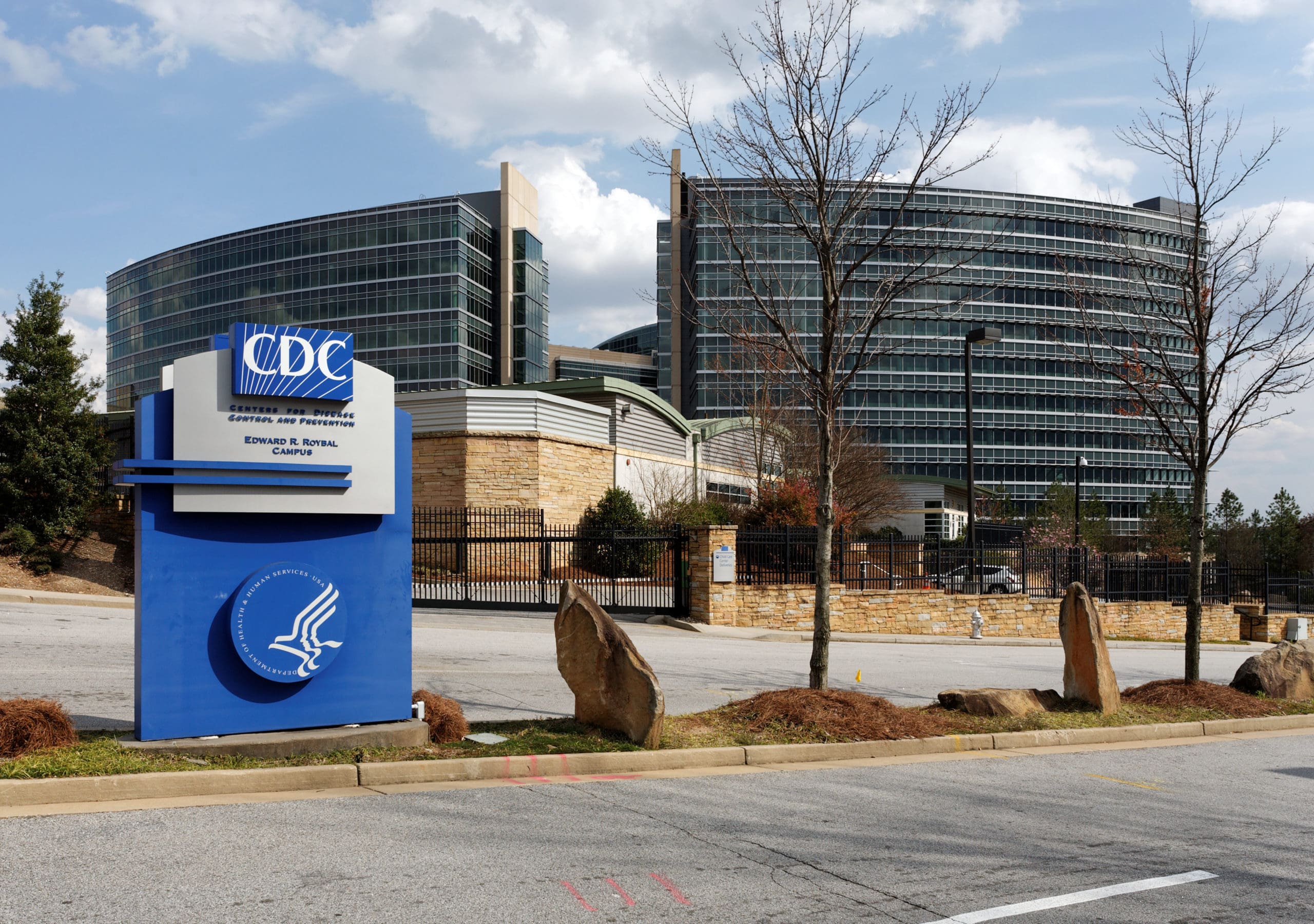Atlanta — The Centers for Disease Control and Prevention (CDC) on Thursday released its updated guidelines for the reopening of K-12 schools this fall during the coronavirus pandemic.
The guidance stressed the critical role of schools in the lives of children, their families and their communities. It also prioritized the opening of K-12 campuses and keeping them open.
According to the guidelines, it is critical that all administrators:
- Engage and encourage everyone in the school and the community to practice preventive behaviors. These are the most important actions that will support schools’ safe reopening and will help them stay open.
- Implement multiple SARS-CoV-2 mitigation strategies (e.g., social distancing, cloth face coverings, hand hygiene, and use of cohorting).
- Communicate, educate, and reinforce appropriate hygiene and social distancing practices in ways that are developmentally appropriate for students, teachers, and staff.
- Integrate SARS-CoV-2 mitigation strategies into co-curricular and extracurricular activities (e.g., limiting or cancelling participation in activities where social distancing is not feasible).
- Maintain healthy environments (e.g., cleaning and disinfecting frequently touched surfaces).
- Make decisions that take into account the level of community transmission.
- Repurpose unused or underutilized school (or community) spaces to increase classroom space and facilitate social distancing, including outside spaces, where feasible;
- Develop a proactive plan for when a student or staff member tests positive for COVID-19.
- Develop a plan with state and local health department to conduct case tracing in the event of a positive case.
- Educate parents and caregivers on the importance of monitoring for and responding to the symptoms of COVID-19 at home.
- Develop ongoing channels of communication with state and local health departments to stay updated on COVID-19 transmission and response in your local area.
The CDC said its newest guidance is “meant to supplement—not replace—any state, local, territorial, or tribal health and safety laws, rules, and regulations with which schools must comply.” It also left many of the details on how to safely reopen campuses up to local officials.
The guidelines provided the following key considerations for school administrators:
[promo_content slug=”csos-2020-on-demand-campus-reopening-promo”]
- COVID-19 transmission rates in the immediate community and in the communities in which students, teachers, and staff live
- Approaches to cohorting that fit the needs of your school/district and community (e.g., keeping students in class pods, staggering when students return to school facility, having the same teacher stay with the same group of students)
- Can unused or underutilized school spaces, including outdoor spaces, be repurposed to increase classroom space and facilitate social distancing?
- Concurrently implementing multiple strategies in school to prevent the spread of COVID-19 (e.g., social distancing, cloth face coverings, hand hygiene, and use of cohorting)
- Best practices for your school and community to communicate, educate, and reinforce personal protective behaviors to prevent the spread of COVID-19 in school and in the community
- Integrating strategies to reduce COVID-19 transmission into co-curricular and extracurricular activities (e.g., limiting participation in activities where social distancing is not feasible)
- Planning and preparing for when someone gets sick
- Working with state and local health authorities to develop a plan to conduct contact tracing in the event of a positive case
- Communicating appropriately to families about home-based symptom screening
Is It Safe to Reopen Schools Right Now?
Although there have been very few deaths of children associated with COVID-19, researchers believe significant risks do exist.
A study from South Korea released last week found that children under the age of 10 transmit the virus to others much less often than adults do, but children between the ages of 10 and 19 can spread the virus at least as well as adults do, reports The New York Times.
This frequency of transmission poses a significant risk to adults in the K-12 environment, such as teachers, administrators, custodians, bus drivers and other staff members. A study from the Kaiser Family Foundation, a non-profit organization that focuses on national health issues, found that nearly 1.5 million teachers — or one in four — are at greater risk of serious illness if infected with the virus.
Reopening schools is not widely supported by the American public. A study conducted by the Associated Press and NORC Center for Public Affairs found that 31% of Americans don’t believe in-person instruction should happen at all this fall.
Although the focus of the CDC’s new guidelines is on reopening schools and keeping them open, a significant number of districts, including those in the cities of Los Angeles, Nashville, Atlanta and many others, have announced that their 2020-2021 academic school year will begin virtually.
At the Campus Safety Online Summit held on July 7-8, school and higher education security practitioners and experts discussed how campuses are trying to safely reopen during the pandemic. Both presentations on these subjects and other COVID-19-related topics are now available on demand. To watch them, click here.













